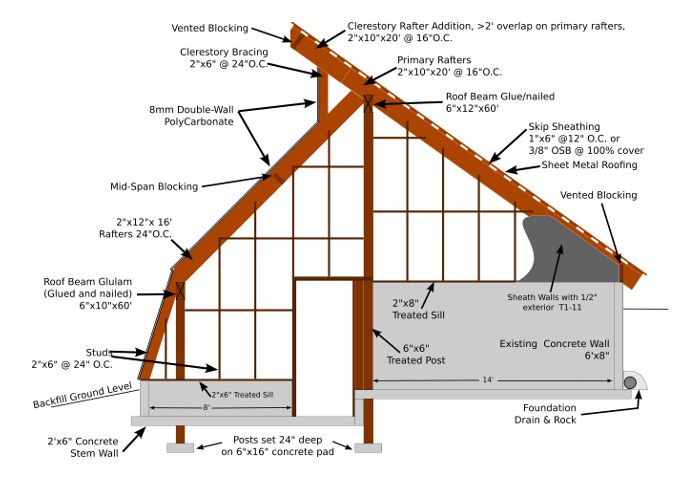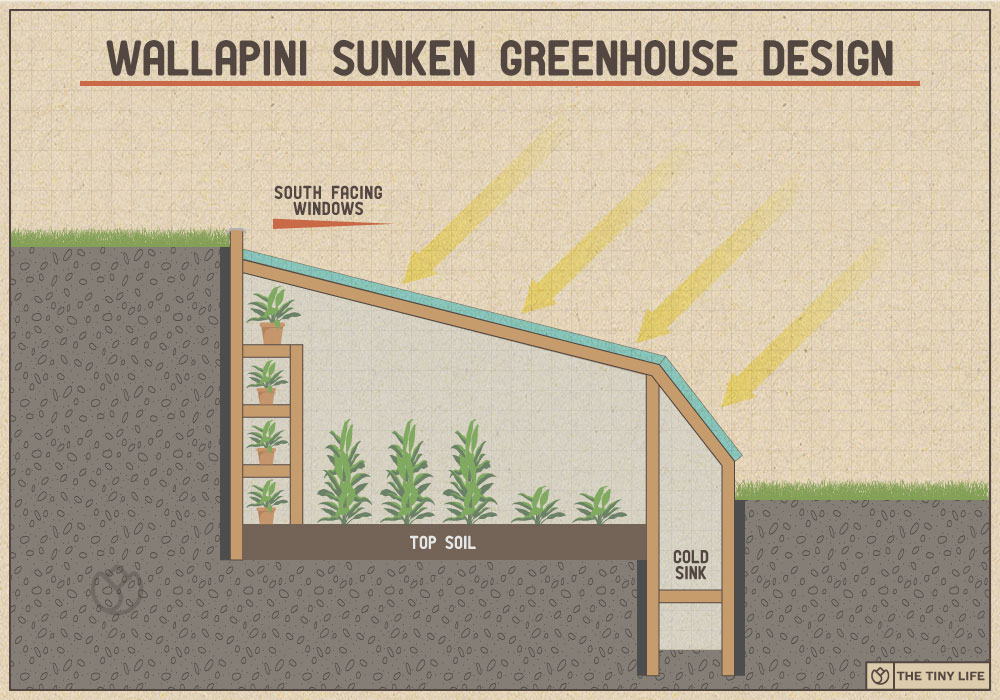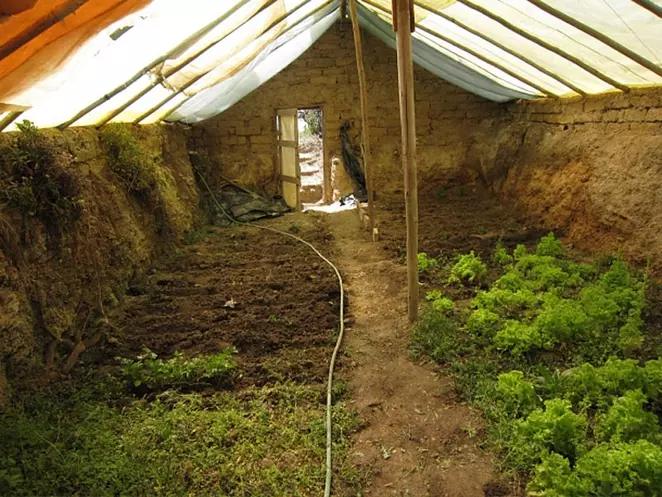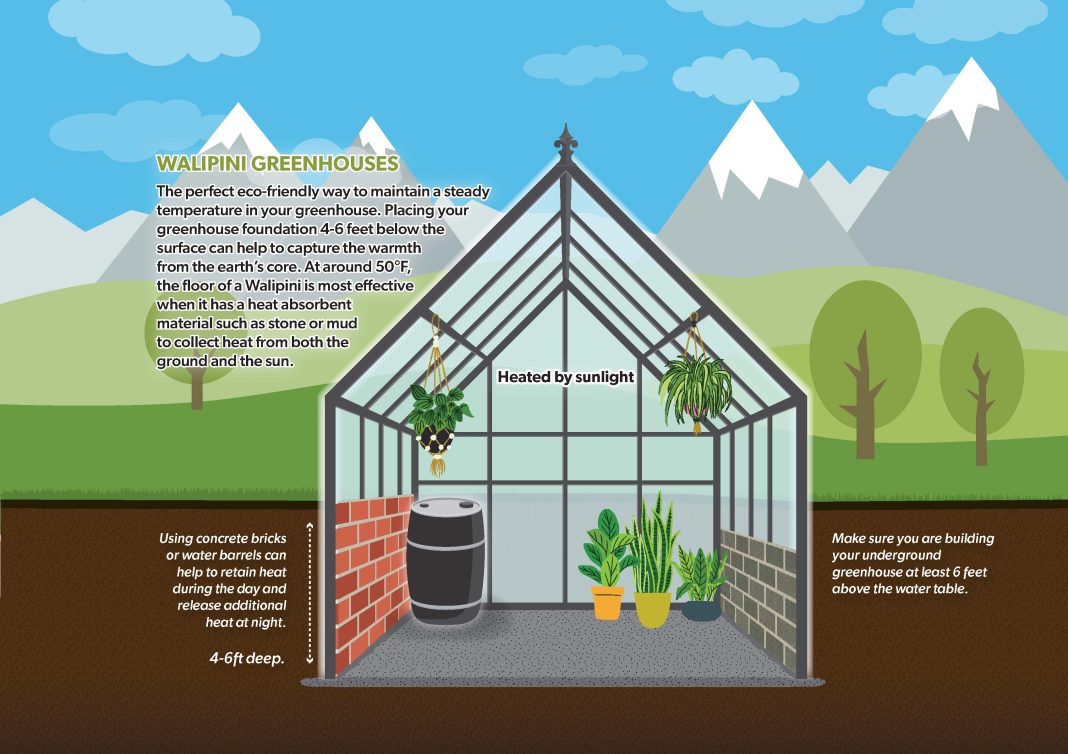Growing plants throughout the year, especially in cooler or changing climates, can be tough. But there’s a solution: underground greenhouses, also called ‘walipinis’ or ‘pit greenhouses’. These structures use the Earth’s natural insulation to keep temperatures stable, protecting plants from harsh weather and letting you grow for longer.

Advantages of Underground Greenhouses:
1. Thermal Stability: The ground keeps a steady temperature just a few feet down.
2. Protection from Elements: Less exposure to wind, snow, and hail means less risk of damage.
3. Extended Growing Season: You can grow even in cooler months.
4. Sustainability: They need less energy for heating because of natural insulation.
Choosing the Right Spot:
1. Sunlight: Look for a spot with plenty of sun. South-facing in the Northern Hemisphere and north-facing in the Southern Hemisphere are best.
2. Water Drainage: Make sure water won’t build up. Raised beds or gravel paths can help with this.
3. Accessibility: Pick a spot you can easily reach all year.

Building Your Underground Greenhouse:
a. Excavation:
– Dig down 8-10 feet to benefit from insulation.
– Adjust size based on your needs.
b. Walls:
– Use bricks, stones, or earthbags.
– Insulate the northern wall to keep heat in.
c. Roofing:
– Use greenhouse plastic, polycarbonate panels, or glass.
– Make sure the roof slopes for rain and snow runoff.
d. Flooring:
– Gravel can help with drainage, or use concrete or natural soil.
e. Ventilation:
– Add vents or windows for airflow.
– Consider doors at each end for accessibility.
Maintaining Your Underground Greenhouse:
– Check temperature and humidity regularly.
– Watch out for pests and use natural methods to control them.
– Adjust watering based on plant needs, avoiding overwatering.

Additional Tips:
– Place water barrels inside to stabilize temperatures.
– Raised beds can prevent root rot.
– Use reflective materials on walls to distribute light.
Conclusion:
An underground greenhouse is a great way to grow plants year-round sustainably. It takes some effort to set up but provides fresh produce even in colder months. Keep an eye on maintenance for the best results.










